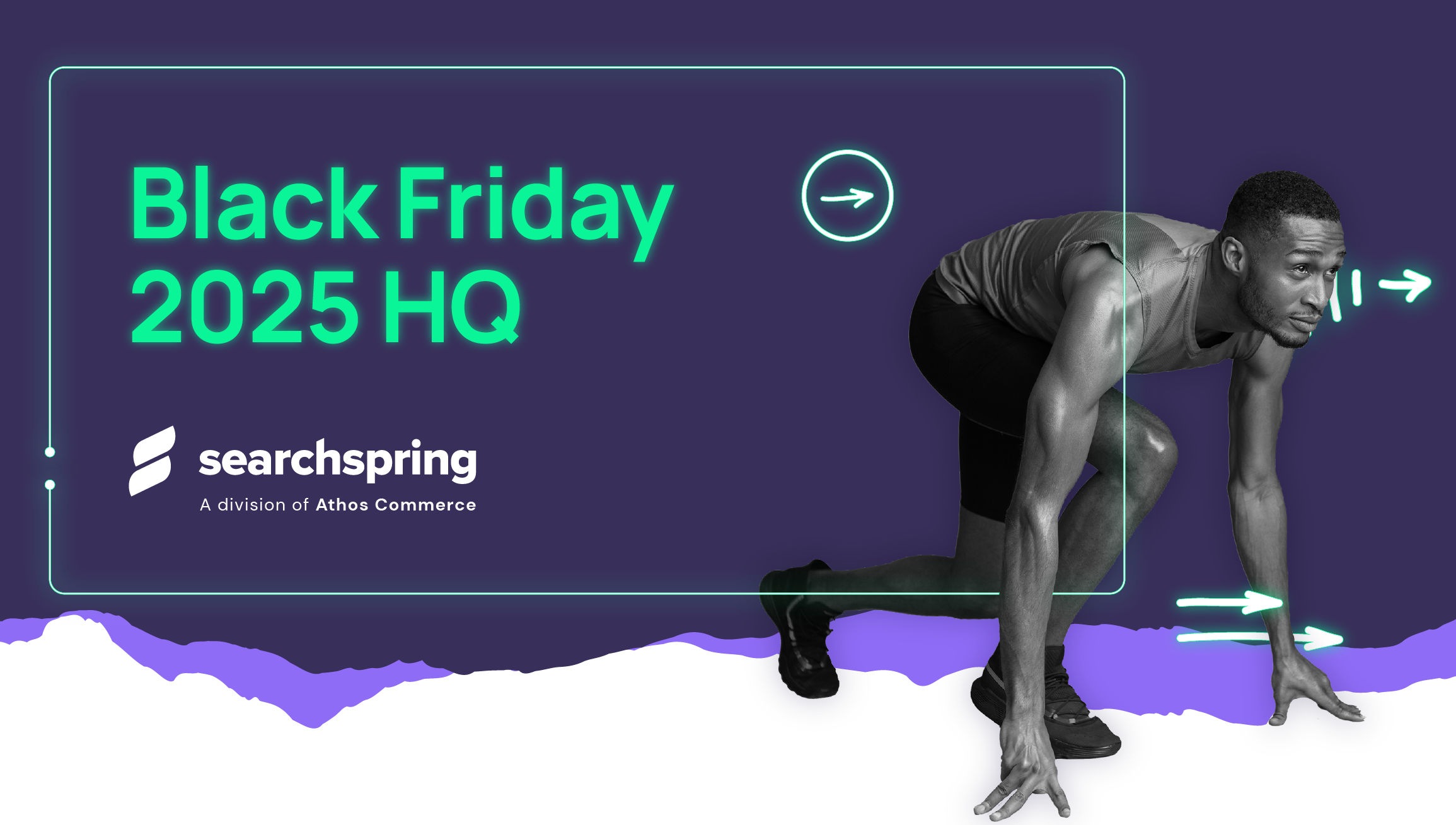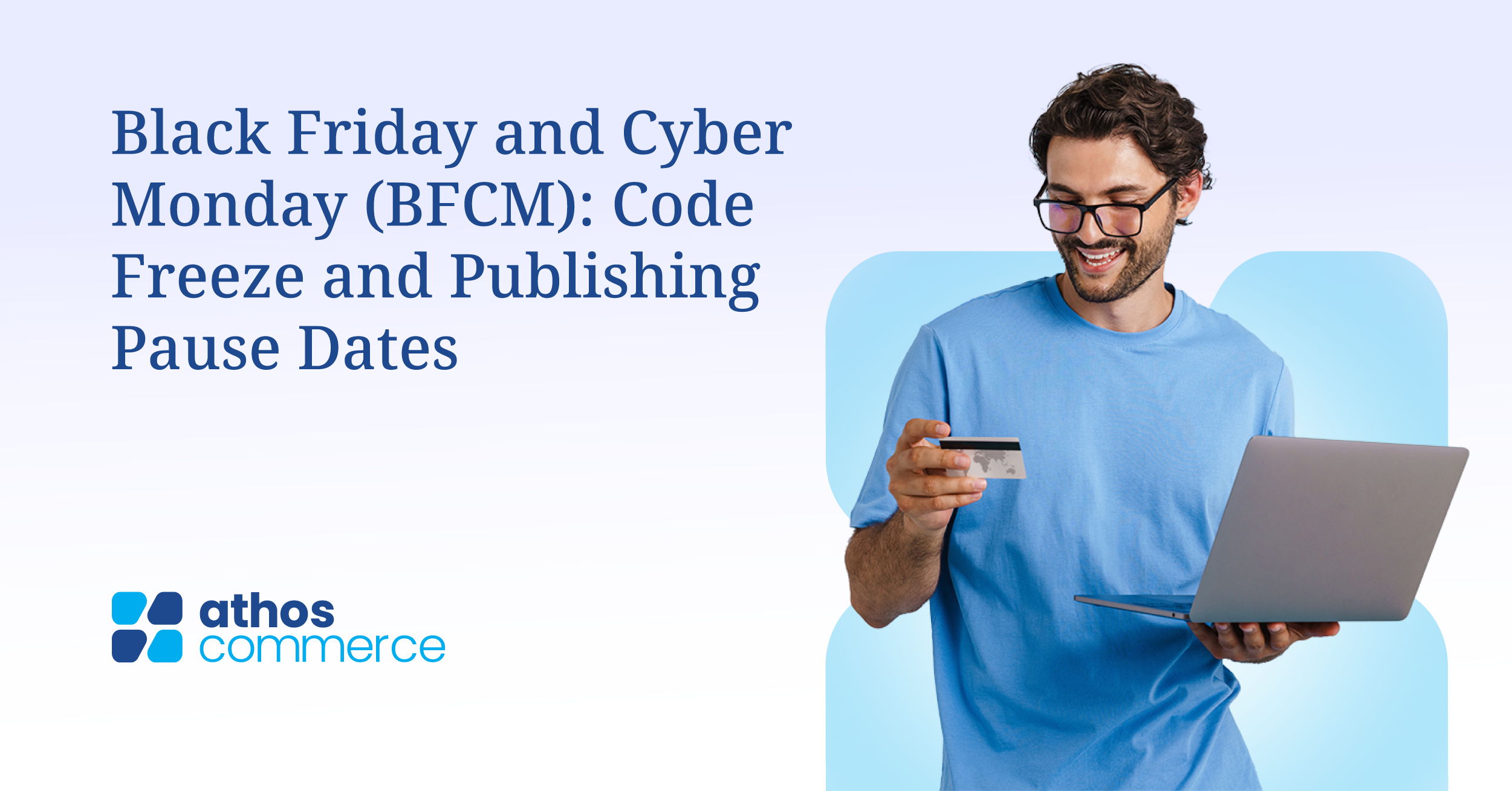Most shoppers include price in their search, but most site search engines don’t recognize it. Here’s how that’s changing.
Shoppers know what they want—and what they want to spend
When a shopper types “dresses under $100” into your search bar, they’re not just browsing—they’re making a decision. They’re telling you exactly what they’re looking for, how much they’re willing to spend, and what matters to them at that moment.
But unless your site search understands that intent, you’re not giving them what they asked for. You’re presenting them with everything—from $29 to $499—and asking them to sort it out themselves.
That’s a moment of friction, and friction loses sales.
Filters help, but they’re not always enough
Most ecommerce sites offer filters for price, size, color, and more. But here’s the problem:
- Not every shopper uses them.
- Not every site has them.
- Even when they exist, filters often live after the search—hidden behind menus, especially on mobile.
Shoppers don’t want to scroll and tap their way to relevance. Increasingly, they’re doing what comes naturally: typing their intent into the search bar (e.g., “jackets under $150,” “shoes below $80,” “lamps between $50 and $100”).
If your search engine doesn’t recognize these as price filters, the result is a display of irrelevant products and another missed opportunity to convert.
The case for simpler, smarter search
Search is no longer just about keywords. It’s about understanding, and shoppers are being incredibly clear. They’re not just asking for jackets—they’re asking for jackets that fit their budget.
That’s why forward-thinking ecommerce teams are moving beyond keyword matching and static filters by investing in smarter site search solutions that recognize shopper intent. They’re adopting intent-aware search tools that can interpret price-based language and apply filters automatically. When someone searches “sandals under $60,” for example, sandals that match should immediately be surfaced.
Price-related searches impact nearly every category, from fashion to electronics:
- Fashion: “men’s sneakers under $120,” “dresses under $75”
- Beauty: “lipstick below $20,” “skincare under $50”
- Home and Furniture: “desk under $500,” “bar stools under $150”
- Electronics: “headphones over $200,” “wireless mouse under $40”
The common thread? These shoppers are already narrowing their options. Your search should help, not hinder.
Empower shoppers to make faster, more confident decisions
When search works the way shoppers expect, they stay on your site longer and they find what they want faster. Relevant results increase confidence, and confidence drives purchases. When shoppers don’t encounter friction, casual searches can turn into conversions—especially on mobile, where every extra step counts.
Shoppers are already telling you what they want—not just the product, but the price range. The question is: are you listening?
Intent-aware search isn’t a luxury anymore. It’s part of creating a thoughtful, intuitive shopping experience—one where the search bar becomes a helpful guide, not a dead end. See what smart site search can do for your brand with our platform’s search query price detection feature.




